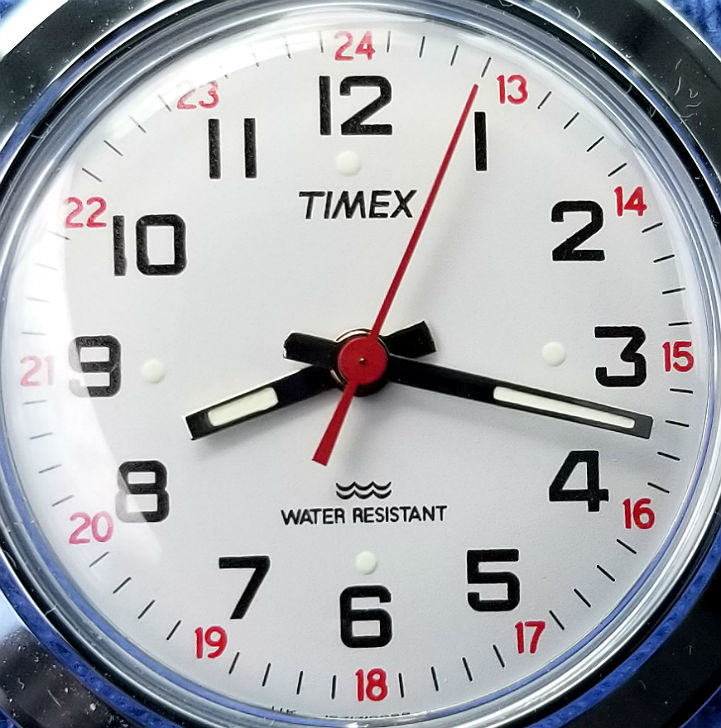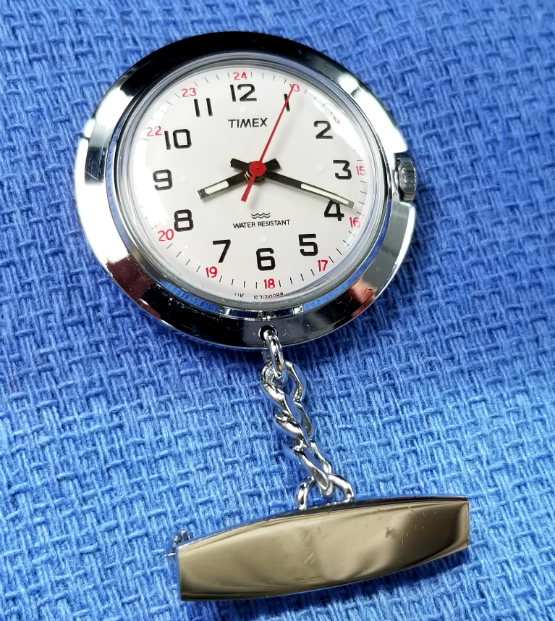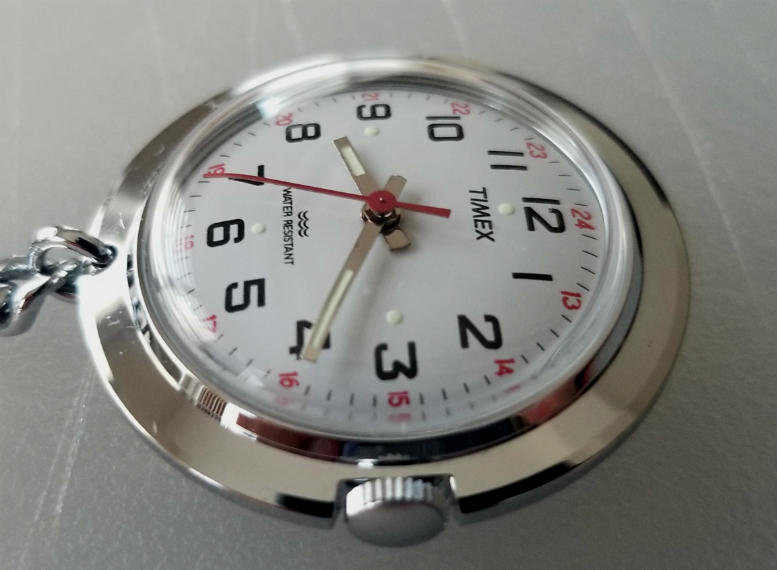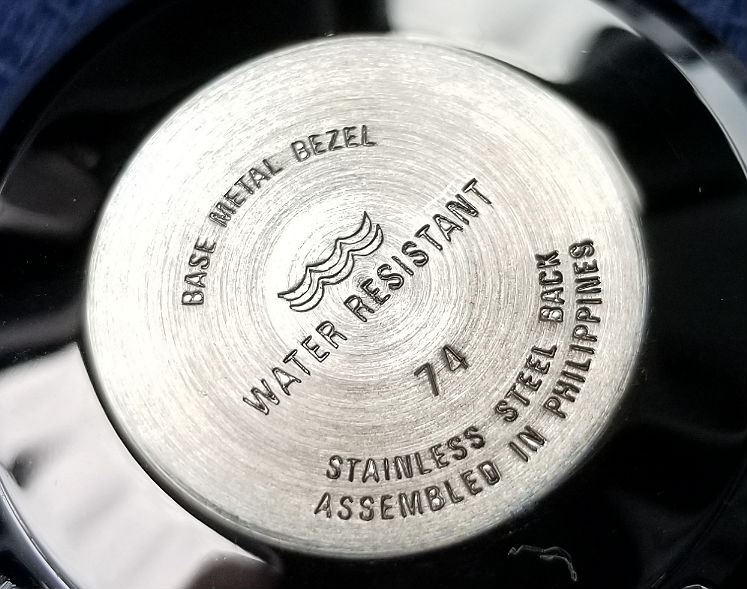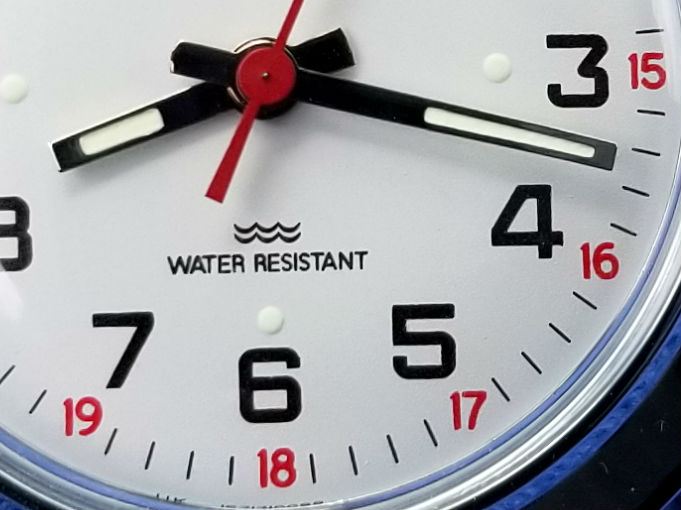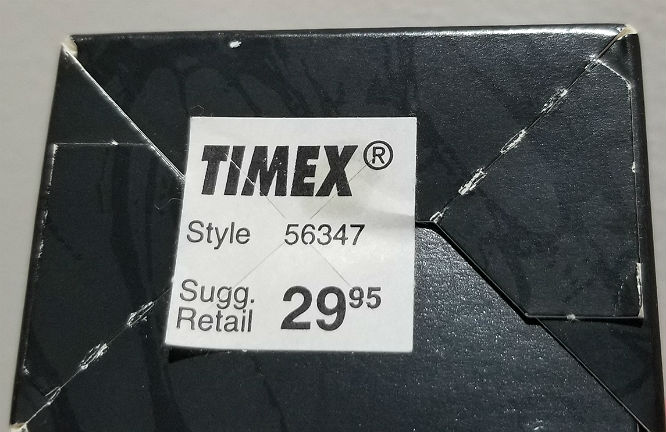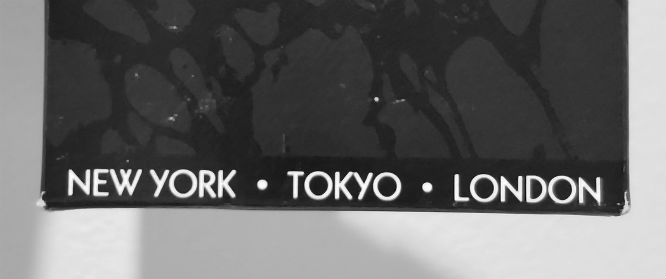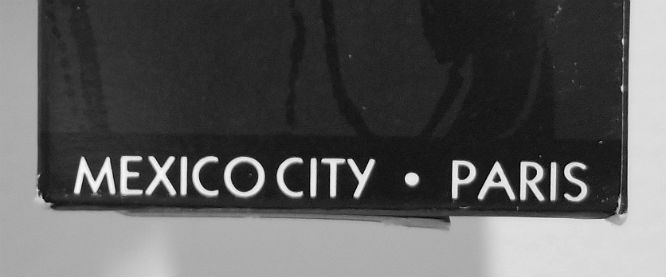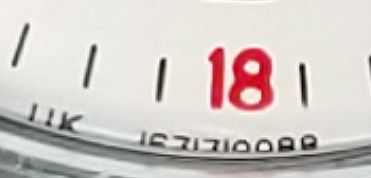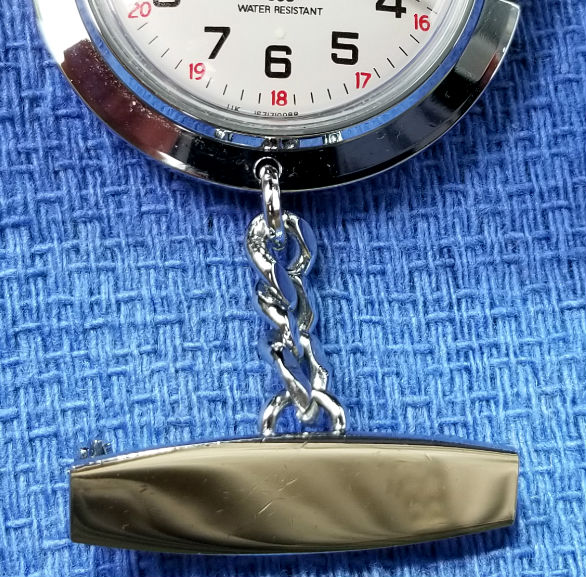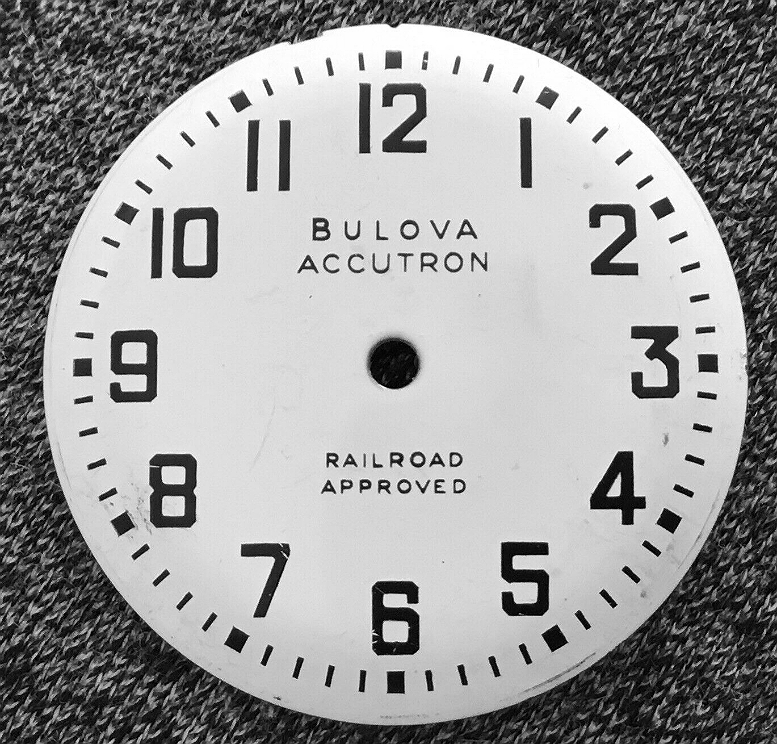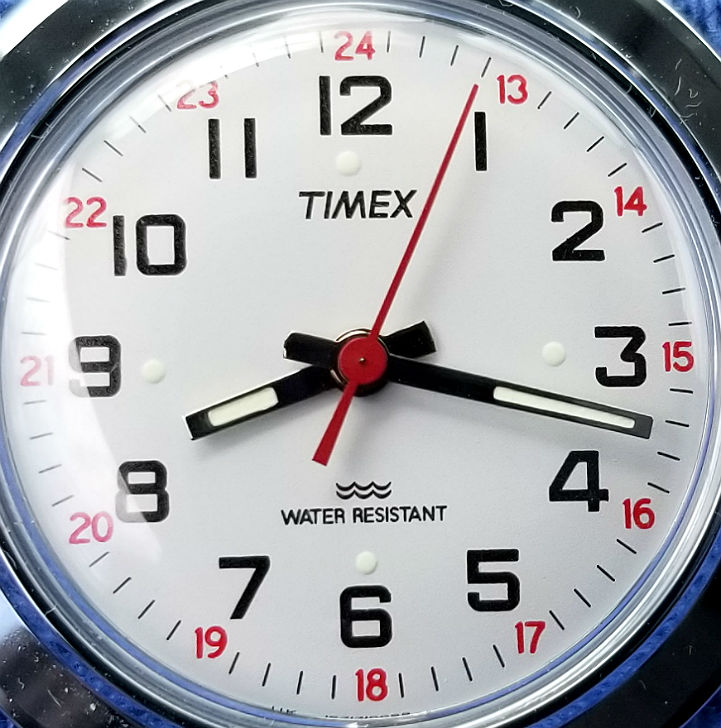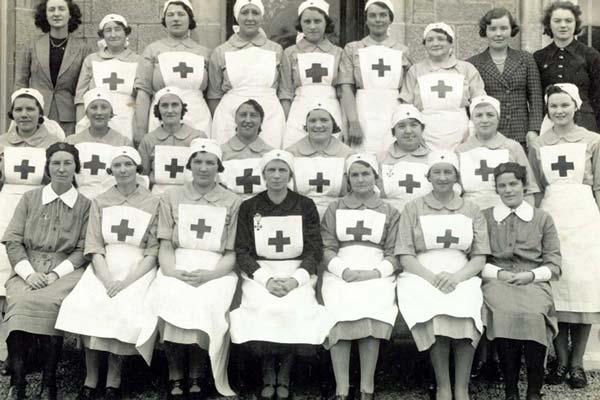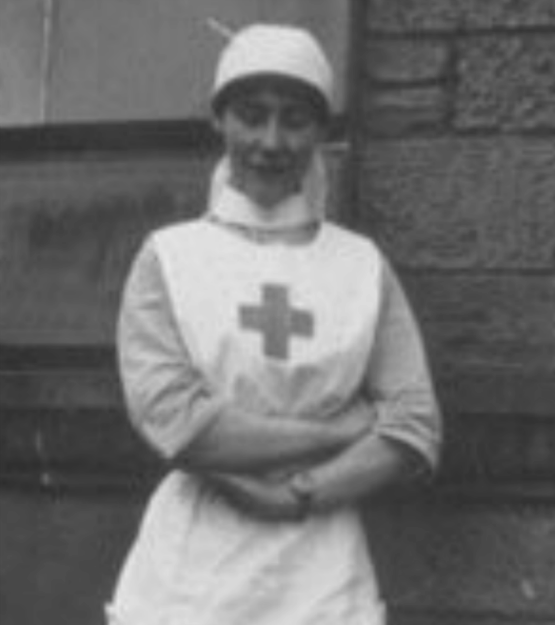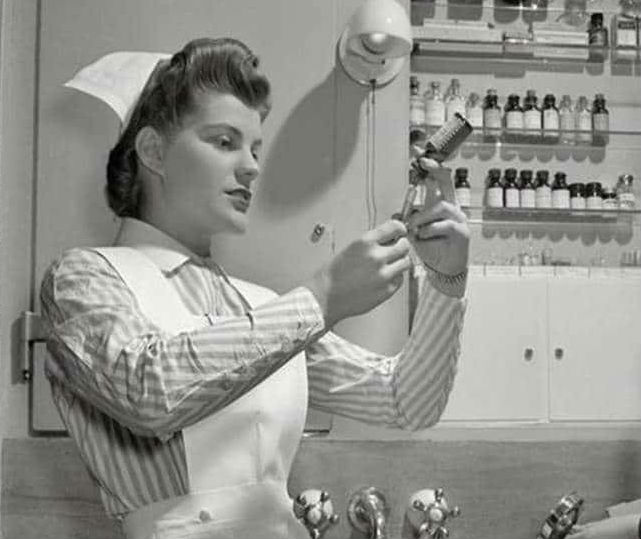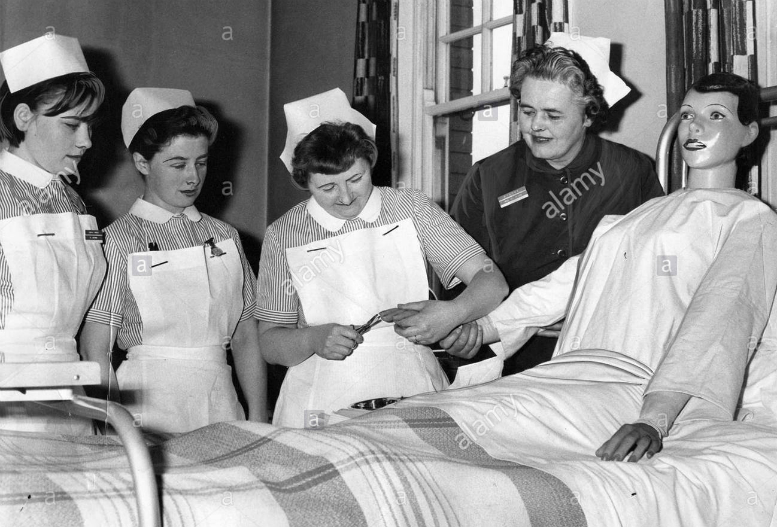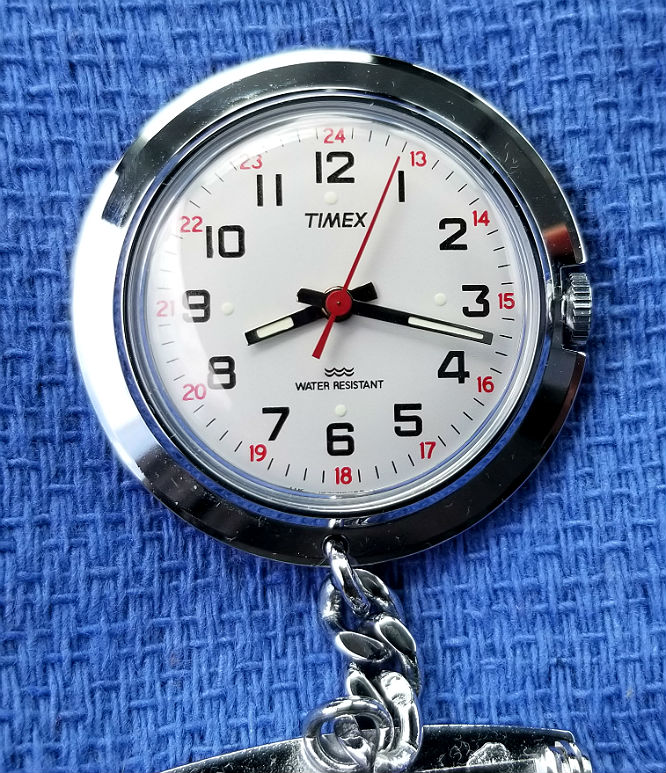1991 Nurse* Timex, Hangs Upside-Down From a Pin.
Hi, this is Alan. Thanks for reading. My contact information is at the bottom.
Here is a NOS Timex made in February 1991. The watch dial is vivid, has high contrast, white, black and red.
*I will call this a Nurse or Nurse's Timex, because this is what these watches are generally titled in the Timex ephemera literature, though they could be worn by a doctor, phlebotomist, medical technician, or anyone in health care, or for that matter anyone else who wants a wrist-free option on their body for telling the time.
end/
Here is the full watch. You can see there is a horizontally-oriented bar, with a short chain attached to the bar at one end, and the watch at the other end. On the back of the bar is a pin with safety clasp, and the user is meant to pin the watch to their uniform.
As you can see, this makes the watch hang "upside down" with respect to normal, but for the wearer, as they look down and lift up the watch a little bit to see it, the orientation is correct.
The smooth, flat surface of the bar/pin allows the wearer to engrave their name, if desired. I had one of these a few years ago that was very worn, and it had the name "Alison" in a kind of scrolly script.
Notice the crown is recessed into a groove cut out from the case. This is no doubt a deliberate design, to prevent the crown from catching on anything, as the wearer goes about their work. Nice design element.
Caseback has 74 stamp, which indicates production February 1991. Notice the wave symbol, the Timex symbol for water resistant. It's uncommon to see this on casebacks, in my experience, mainly seen on the dial. The watch is chrome plated over base metal, usually brass.
A close-up look at the dial. Designed for high contrast and easy readability. The black lettering for the hours reminds me of the type of lettering common in railroad watches. Red peripheral dial marks for 24 hour time, useful, as medical records generally prefer using, say, 17:45, rather than 5:45 pm, etc. Hands are luminous, and there are luminous dots at 12, 3, 6, 9. Nice red seconds hand.
More pics of watch below! But a short interlude here to look at the box. On the bottom, you can see it sold for $29.95 . (I assume this is dollars, and not British pounds, but I'm not certain.)
On the front of the box is "Timex" written in a sort of "fancy" lettering style that I find really unpleasant for some reason. Note that it's different from the TIMEX sticker on the undersurface of the box, above pic.
The Timex name has almost exclusively been written TIMEX in all-caps, but occasionally you will see it as Timex, with lower case on branding, including written that way on the dial.
Seven cities are listed on three sides of the box, at the bottom. Presumably these are the "hot" cities, or maybe specifically they were where Timex had regional offices. Not sure. Anyway, the cities are New York, Tokyo, London, Mexico City, Paris, Toronto, Lisbon. I have been to 4 of these "hot" cities, 5 if you allow airports (which I generally say, no, if you've just been to the airport changing flights, then you really haven't been to that city.)
Back to the watch... At the bottom of the dial, you can see UK, as well as a dial code. The last two digits of the code, 88, indicate 1988. But earlier in this review, I said that the 74 stamped on the back indicates production in 1991. So what does this mean.
Well, what has happened sometimes is that a dial was made at a certain time, and the date stamped on the dial. In this case, the dial was made in 1988. But the dial wasn't immediately used to make a watch, and was kept in the stocks of dials to be used, when needed. By the time this particular dial was used, it was 1991. The date that gets stamped on the backs of Timex is the date of final assembly of the watch, and may occasionally differ from the date on the dial.
View of the chain, and both sides of attachment.
There is some similarity in the lettering for the numerals, between the railroad-approved Bulova, above, and the Nurse Timex, below. (Not exact, there are relative differences ...)
So, why should a nurse wear a dangling pendant-type watch on the uniform, rather than on the wrist like a conventional watch? Well, the idea is that a pendant watch, unlike a wrist watch, won't "get caught on patient skin during care activity," and "frees the nurse's hands for patient care and prevents the wrist watch becoming a vector for disease." (From Wiki)
Also, from this site, here is more:
'While the wearing of a personalised nurses watches is a predominantly British tradition, some of the earliest references to them can be found in the US. An American Navy Nurse Corps General Uniform Instructions in 1917 notes that, “No ornaments or jewelry other than a plain watch fob to be worn while on duty. Plain wrist watches are permitted to be worn except when center-indicated by professional duties."'
'A turning point came in the history of the nurse watch with the creation of the NHS in 1948. As the uniform was codified, the type of allowed timepiece was recorded: “Wrist watches must not be worn but securely pinned (similar to a fob watch) to the uniform to prevent any hazard to patients”.
This advice became a continuing feature of nurse attire throughout the rest of the twentieth century and the nurse fob watch was considered an essential accessory.'
Since the inception of the National Health Service, personalised nurses watches have continued in popularity amongst nurses. They often hold sentimental value as well, with a personalised nurse watch often being gifted as a graduation present.
Moreover, the use of nurse fob watches has proliferated throughout other professions. Beauticians, veterinary nurses and make-up artists all commonly sport a nurse watch. The absence of a strap around the wrist offers a cleaner solution to telling the time.
(All three above paragraphs from this site.)
Here's a nurse from WWI wearing a wristwatch. Probably a "wristlet" type watch.
Two nurses in the pic above, one nurse in the pic below, all three wearing a wristwatch.
Nursing students, learning on a mannequin. You can't see most wrists, but the one student actively training is NOT wearing a wristwatch.
